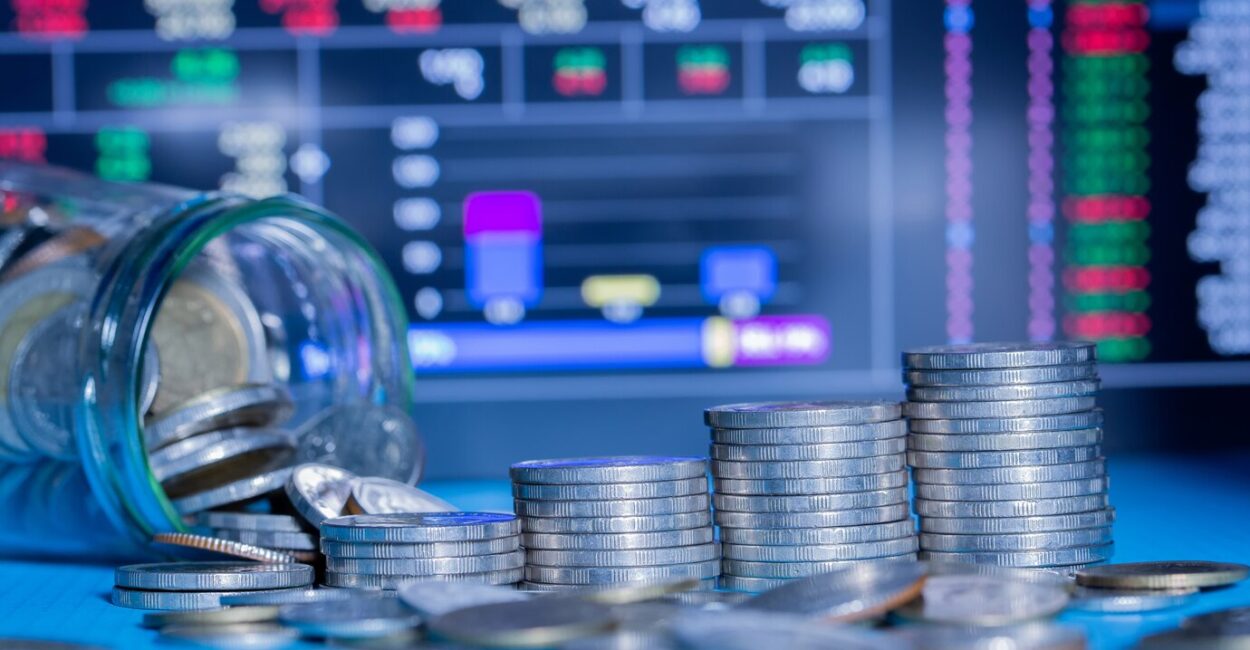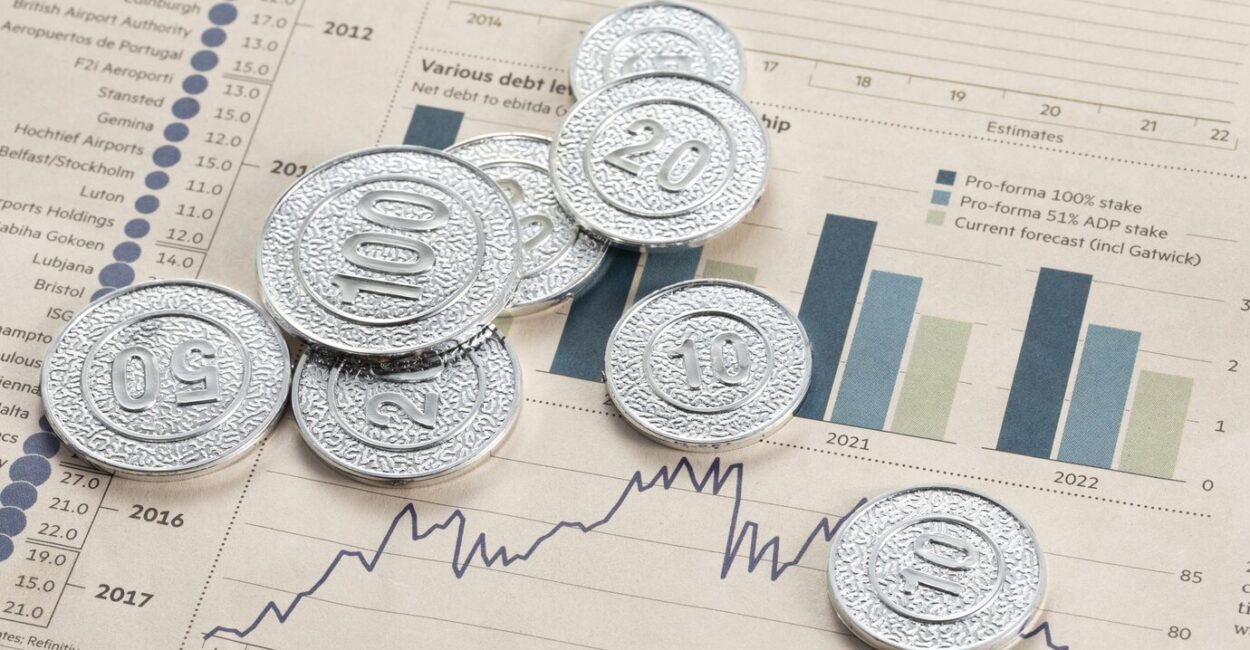History of Currency Market
The foreign exchange market (Forex or currency market) is a global over-the-counter (OTC) or electronic market where currencies are bought, sold, and exchanged at current or determined prices. It is the largest market in the world by trading volume, with major participants including international institutions, hedge funds, and banks. Currencies are traded in pairs, and the market determines their relative value. Forex trading has ancient roots, dating back to the Babylonian period, and today, it stands as one of the largest, most liquid, and accessible markets globally. The market’s evolution has been influenced by significant events such as the Bretton Woods agreement and the gold standard.
The Forex market operates 24 hours a day, spanning a global network of financial centers, and only closes on weekends. Currencies are traded in pairs, where the value of one currency is relative to the other in the pair. The value of a country’s currency is determined by whether it has a “free float” or “fixed float.” In a free-floating exchange rate system, currency prices are set by the forex market based on supply and demand. On the other hand, a fixed exchange rate is determined by the monetary authority relative to a foreign currency or a basket of currencies. Examples of free-floating currencies include the Indian Rupee, U.S. dollar, Japanese Yen, Swiss Franc, Australian Dollar, and British Pound. Fixed floating currencies include the Bahrain Dinar, Panama Balboa, Saudi Arabian Riyal, and United Arab Emirates Dirham, among others.
Currency trading and exchange have roots in ancient times. Money-changers, often known as “kollybistẻs,” facilitated currency exchange in the Holy Land during Biblical times. They operated in city stalls and, during feast times, in the Temple’s Court of the Gentiles. Silversmiths and goldsmiths also played a role as money-changers in more recent ancient times. In the 4th century AD, the Byzantine government held a monopoly on currency exchange. Ancient documents, such as the Papyri PCZ I(c.259/8 BC), provide evidence of coinage exchange in Ancient Egypt. Currency exchange was crucial for trade, allowing people to acquire essential items like food, pottery, and raw materials. In the modern world, most global currencies operate on a floating exchange rate system.

The barter system, originating around 6000 BC among Mesopotamian tribes, was the earliest method of exchange. Goods were traded directly for other goods, and commodities like salt and spices became popular mediums of exchange. In the early 6th century BC, the first gold coins were introduced, acting as a currency due to their key characteristics—portability, durability, divisibility, uniformity, limited supply, and acceptability. While gold coins were widely accepted, their impracticality arose from being heavy to transport and requiring increased security.
In the 15th century, the Medici family played a crucial role in currency exchange by opening banks at foreign locations to assist textile merchants. They introduced the nostro account book, documenting foreign and local currency amounts, facilitating trade transactions. By the 17th (or 18th) century, Amsterdam hosted a vibrant Forex market. In 1704, foreign exchange occurred between agents (money changers) representing the Kingdom of England and the County of Holland.
In the 1800s, countries universally adopted gold as the standard commodity for transactions. Gold’s purity ensured that governments would redeem any amount of paper money for its equivalent value in gold. However, during World War I, European countries had to suspend the gold standard to print more money for war expenses. During this period and the early 1900s, the foreign exchange market was underpinned by the gold standard, enabling countries to trade by converting gold into their respective currencies.
In the early modern to post-modern era, around 1850, Alex. Brown & Sons emerged as a prominent currency trader in the USA. In 1880, J.M. do Espírito Santo de Silva (Banco Espírito Santo) obtained permission to engage in foreign exchange trading. Between 1899 and 1913, there was a significant annual increase of 10.8% in the demand for countries’ foreign exchange holdings and 6.3% in gold holdings between 1903 and 1913. By 1913, almost half of the world’s foreign exchange transactions were conducted using the pound sterling. The number of foreign banks in London increased from 3 in 1860 to 71 in 1913. World War I, which began in 1914, led to the breakdown of the Gold Standard as nations printed money to fund large military projects. While the Gold Standard briefly reappeared between the World Wars, it was ultimately abandoned by 1939.
After World War II, in 1944, the Bretton Woods Accord was signed, permitting currencies to fluctuate within a range of plus or minus 1% from the currency’s par exchange rate. In 1954, Japan introduced the Foreign Exchange Bank Law, leading to the Bank of Tokyo becoming a significant center for foreign exchange by September 1954. Between 1954 and 1959, Japan expanded foreign exchange dealings to include many more Western currencies. However, due to the ultimate ineffectiveness of the Bretton Woods Accord and the European Joint Float, the forex markets were forced to close for some time between 1972 and March 1973.

After 1973, developed nations saw the end of state control over foreign exchange trading, ushering in the era of complete floating and relatively free market conditions. Some sources claim that in 1982, U.S. retail customers traded a currency pair for the first time, with additional currency pairs becoming available the next year. In 1978, the People’s Bank of China allowed certain domestic “enterprises” to participate in foreign exchange trading. In 1987, the greatest proportion of all trades worldwide occurred within the United Kingdom, with the United States having the second-highest involvement in forex trading. By 1991, Iran had shifted some international agreements from oil barter to foreign exchange.
In January 1999, the euro was introduced as an electronic currency utilized by banks, forex dealers, large firms, and stock markets across 12 countries. The primary aim of establishing a single European currency was to enhance trade by reducing costs and eliminating foreign exchange fluctuations that imposed a burden on exporters and importers.
Between 2000 and 2010, the forex market experienced significant growth due to the widespread adoption of electronic dealing platforms, an increase in the number of brokerage houses, and greater participation from retail traders. Electronic trading’s share in the forex market surged from 2% in 1993 to approximately 20-25% by 2001. According to the Bank for International Settlements, the preliminary global results from the 2019 Triennial Central Bank Survey revealed that trading activity in foreign exchange markets and OTC derivatives averaged $6.6 trillion per day in April 2019, up from $5.1 trillion in April 2016. The global foreign exchange market is anticipated to continue expanding, with a projected CAGR of 7.5% during 2021-2026.
The most traded currencies in India include USDINR (US Dollar/Indian Rupee), EURINR (Euro/Indian Rupee), GBPINR (British Pound/Indian Rupee), and JPYINR (Japanese Yen/Indian Rupee). In cross-currency trading, popular pairs are EUR/USD (Euro/US Dollar), USD/JPY (US Dollar/Japanese Yen), and GBP/USD (British Pound/US Dollar).
“The most traded currencies in the international market include : EUR/USD (Euro/US Dollar), USD/JPY (US Dollar/Japanese Yen), GBP/USD (British Pound/US Dollar), AUD/USD (Australian Dollar/US Dollar), USD/CAD (US Dollar/Canadian Dollar), USD/CNY (US Dollar/Chinese Renminbi), USD/CHF (US Dollar/Swiss Franc), etc. These currency pairs are widely traded and play a significant role in the global foreign exchange market.
Disclaimer : The information and analysis provided through hyperlinks to third-party websites, while believed to be accurate, cannot be guaranteed by Shareartha. Details are provided for informational purposes and should not be viewed as an endorsement. Third-party websites : www.investopedia.com, www.wikipedia.com and Others.
